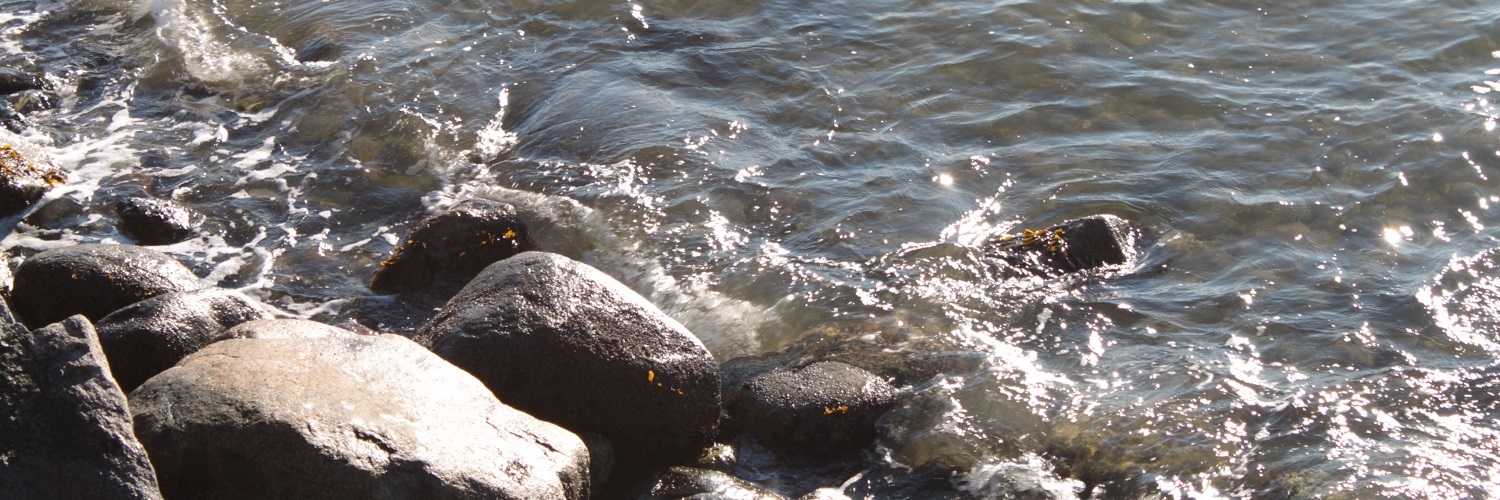

High DPI screen support in Linux is still troublesome, especially between multiple screens with different DPI/resolution, especially between GTK and Qt programs
Hopefully the success of Steam Deck will push manufacturers to increase their investment into Linux driver development. Having only used Linux servers in the past decade or so, I was pleasantly surprised when I came back to Linux desktop and realized that there were no other drivers (except Nvidia) to install since everything was baked into the kernel! Incredibly convenient!
it’ll be hard to top the built-in power/suspend/hibernate/resume behavior and its effect on battery life
Yeah, it’s difficult to compete with a fully vertically integrated stack like Apple’s, and they do lock down things so other software is always at a disadvantage. Hopefully Linux laptops become competitive so this improves.










True, although you could say the same about Windows PowerShell